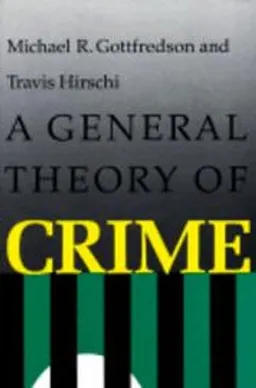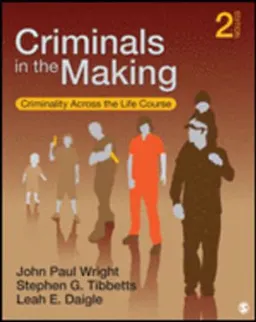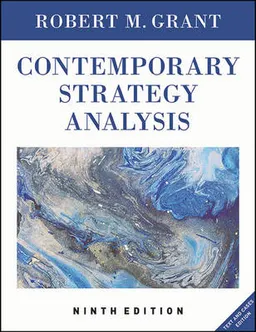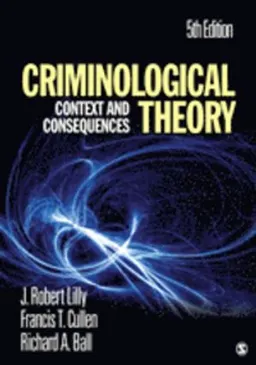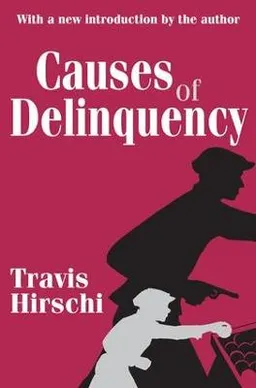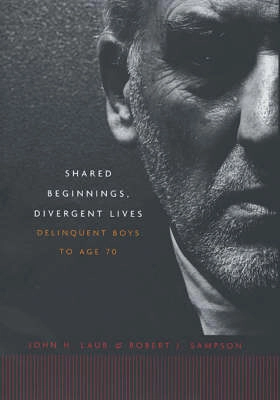

Shared Beginnings, Divergent Lives
- Utgiven: 2006
- ISBN: 9780674019935
- Sidor: 352 st
- Förlag: Harvard University Press
- Format: Häftad
- Språk: Engelska
Om boken
Åtkomstkoder och digitalt tilläggsmaterial garanteras inte med begagnade böcker
Mer om Shared Beginnings, Divergent Lives (2006)
I mars 2006 släpptes boken Shared Beginnings, Divergent Lives skriven av John H Laub, Robert J Sampson. Den är skriven på engelska och består av 352 sidor. Förlaget bakom boken är Harvard University Press.
Köp boken Shared Beginnings, Divergent Lives på Studentapan och spara uppåt 43% jämfört med lägsta nypris hos bokhandeln.
Referera till Shared Beginnings, Divergent Lives
Harvard
Oxford
APA
Vancouver


